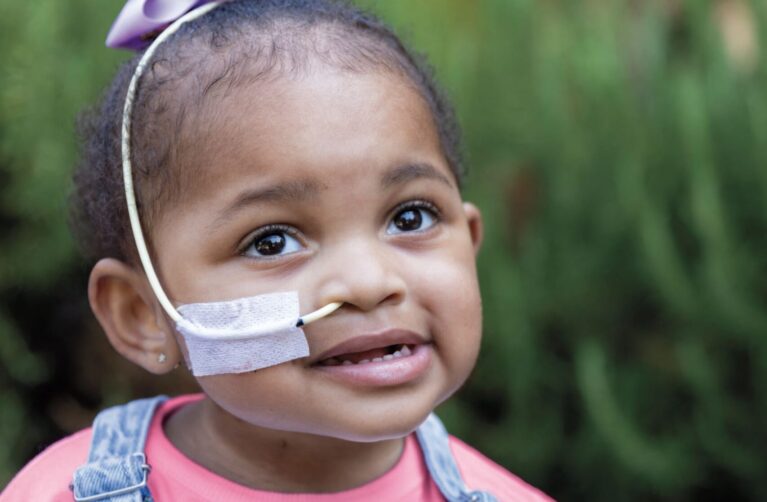Every day, the Children’s Heart Center at Lucile Packard Children’s Hospital Stanford delivers unsurpassed outcomes for patients with complex heart conditions. As a not-for-profit hospital, we are very grateful for the donor support that helps make this possible.
“There are hundreds of good children’s hospitals in our country, and only a handful of truly great ones,” says David Alexander, MD, president and CEO of the Lucile Packard Foundation for Children’s Health. “The truly great ones, like Lucile Packard Children’s Hospital Stanford, have outstanding leaders and clinicians, an academic research infrastructure, and one other key ingredient—community support that provides resources for innovation.”
Philanthropic gifts, including major investments from the David and Lucile Packard Foundation, made it possible for our hospital to establish the Children’s Heart Center and recruit top pediatric cardiac specialists such as Drs. Frank Hanley, Stephen Roth, Chandra Ramamoorthy, and many others. This team has propelled the Children’s Heart Center into the ranks of the nation’s best.
Some highlights of our center's extraordinary work over the past year:

“Clinical revenue supports day-to-day operations,” notes Christopher Dawes, president and CEO of Lucile Packard Children’s Hospital Stanford. “Philanthropy supports transformational projects and programs that ensure excellence and allow us to provide world-leading care to children and families.”
Donor support plays an invaluable role in:
- Advancing research toward better patient care
- Recruiting and retaining top pediatric cardiac experts
- Training the next generation of specialists
- Expanding state-of-the-art facilities so that no child is turned away due to lack of space
- Ensuring care for all children in need, regardless of their families’ ability to pay
- Sustaining essential services such as child life and social work, which are not covered by insurance
While much has been achieved, we continue to strive to provide ever better care for the growing number of children and adults with complex congenital heart conditions.
This article first appeared in the Fall 2015 issue of Lucile Packard Children's News.



